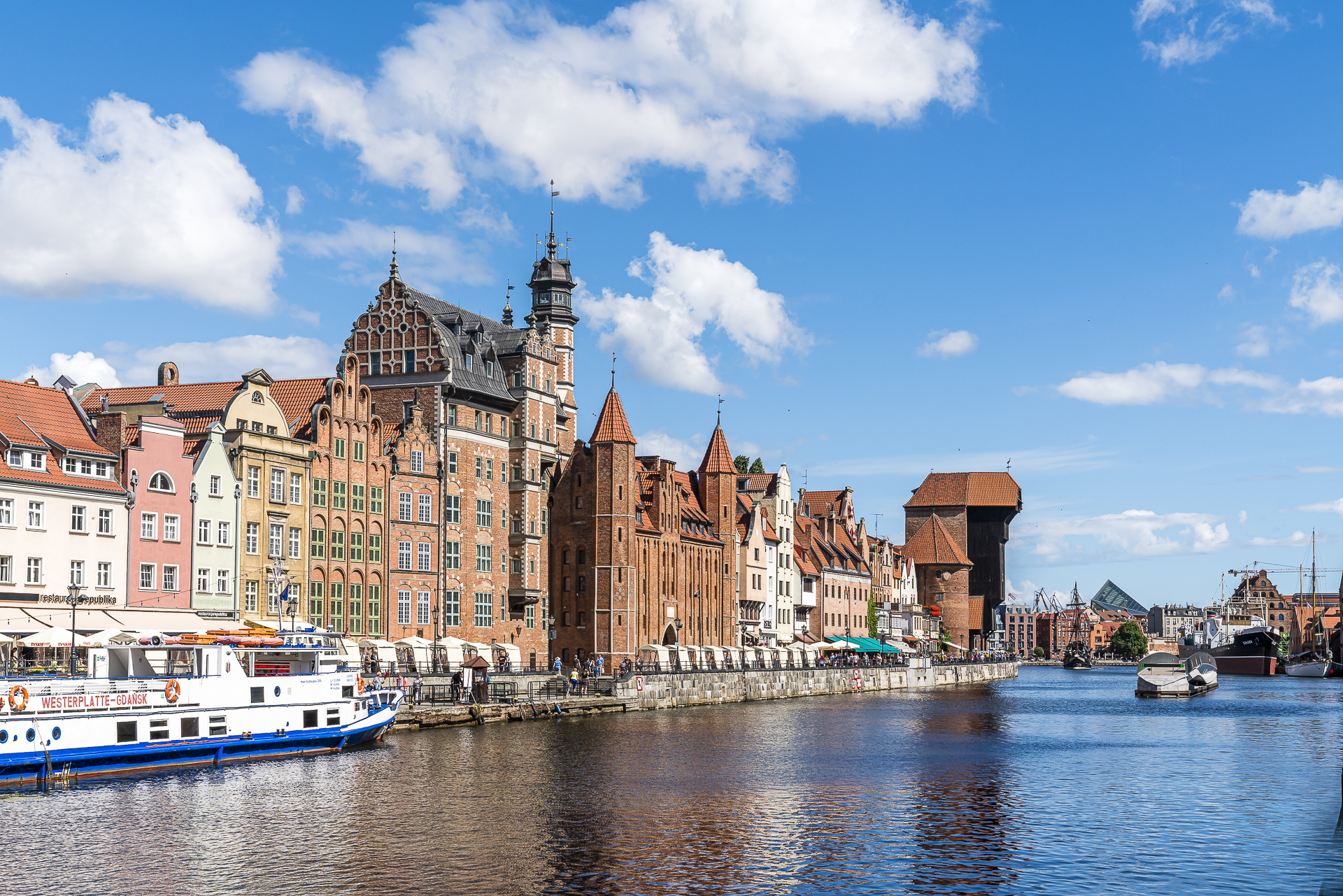
Gdansk: my tips for a city trip to the “Tri-City”
The historic port city of Gdansk is considered Poland’s gateway to the Baltic Sea. At the same time, together with the neighbouring cities of Sopot and Gdynia, it forms a dynamic metropolitan region called the “Tricity”. An agglomeration belt that presents itself surprisingly multifaceted thanks to three different city characters. The Tricity is not only a worthwhile destination for a city trip – but also a great starting point to experience the green hills of Kashubia and the extensive sandy beaches of the Polish Baltic Sea coast.
What can I expect in Gdansk? And is it worth taking a detour to the neighbouring cities of Sopot and Gdynia? The answers to these questions can be found in the following lines.
Gdansk – Sopot – Gdynia – the Tricity at a glance
Gdańsk is the capital of the Pomeranian Voivodeship and also the largest city in the region with around 450,000 inhabitants. More than 1.2 million people live in the entire urban conurbation of the Tricity (“Tricity”). In terms of numbers, this can be compared well with the city and the agglomeration of Zurich. If you look at the history of Gdansk, you will quickly notice that it is shaped by different lordships and affiliations. Among other things, the membership of the Hanseatic League in the Middle Ages (with a strong connection to Lübeck) and the Second World War, where 90 percent of the historic building fabric was destroyed, were formative. The old town of Gdansk, as it presents itself to us today, can therefore also be described as a “miracle of construction”.
This is in stark contrast to the industrial city of Gdynia, whose boom from a former fishing village to a port city only began in the 1920s. The buildings, which were built in the typical Bauhaus modernism of the time, were hardly destroyed during the 2nd World War. This makes Gdynia a worthwhile destination for architecture fans today.
The third city in the group – Sopot – has made a name for itself as a Baltic Sea resort and resort from the 18th century onwards. Here you can relax on the extensive beach or walk across a 500-metre-long jetty into the Bay of Gdansk.
So much for getting started – now let’s turn our attention to the sights in and around Gdansk. From our stay, I have brought you ten tips for a city trip to the Polish port city.
1. Walk along the banks of Nowa Motlawa
The main tourist attraction and the most historically significant part of Gdańsk is the so-called “Right Town” (Główne Miasto). A large number of historical sights are located here; including the representative Long Market, which is lined with stately merchants’ houses, or the Neptune Fountain and the Gothic St. Mary’s Church.
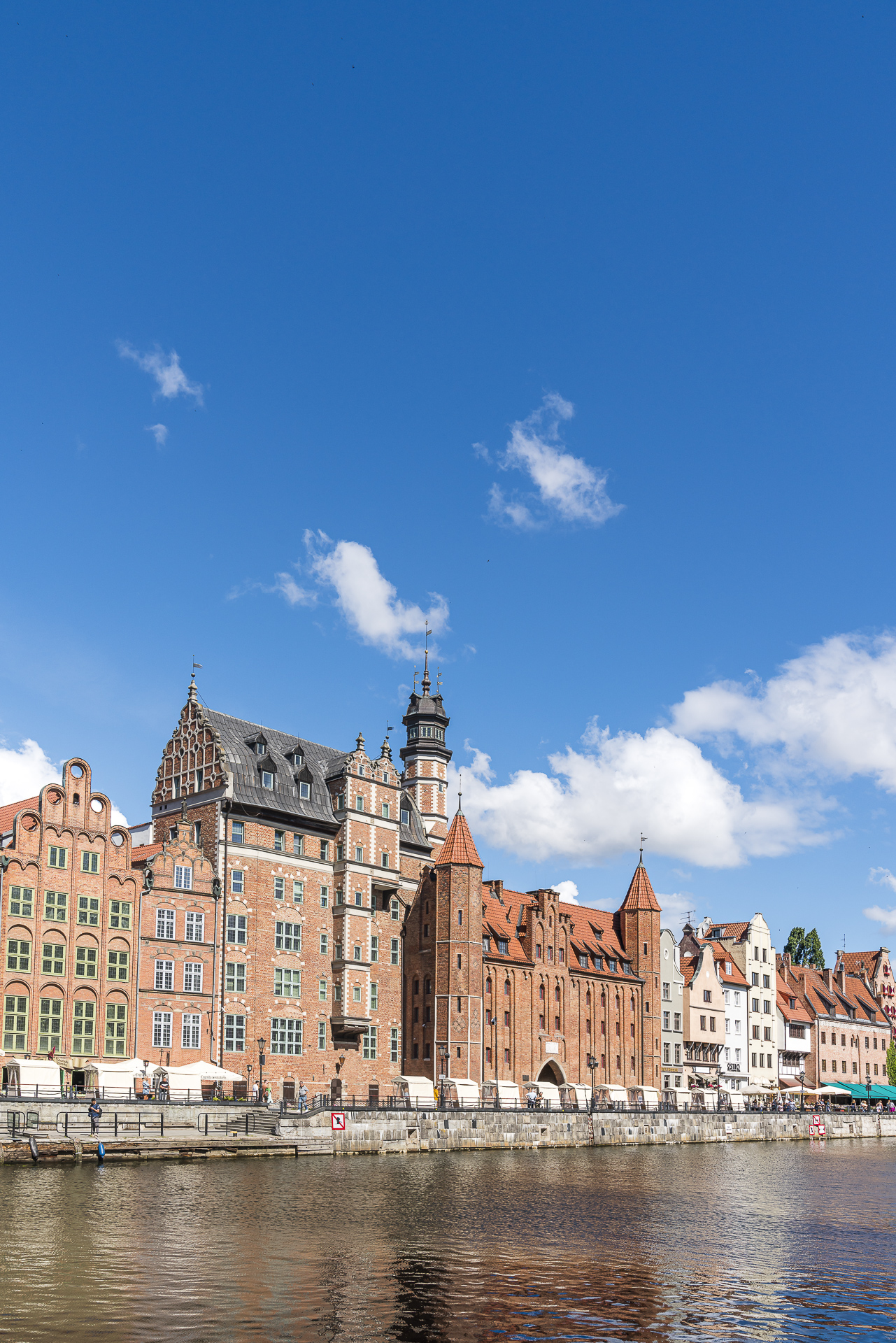
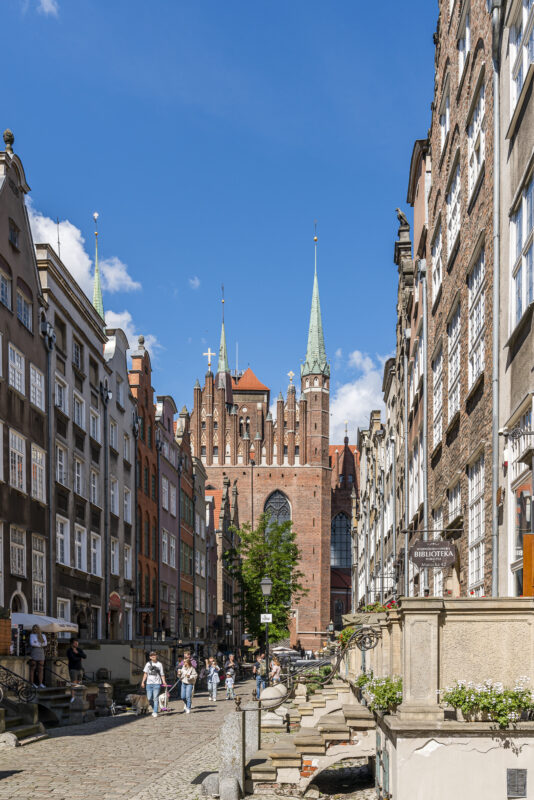
Instead of plunging directly into the lively hustle and bustle of the historic city center, I think it’s worth taking a first look from a distance. During a walk along the promenade of Nowa Motlawa, the representative front of the city is not only presented in the best photo manner, but at the same time you get an exciting insight into the newer urban development projects.
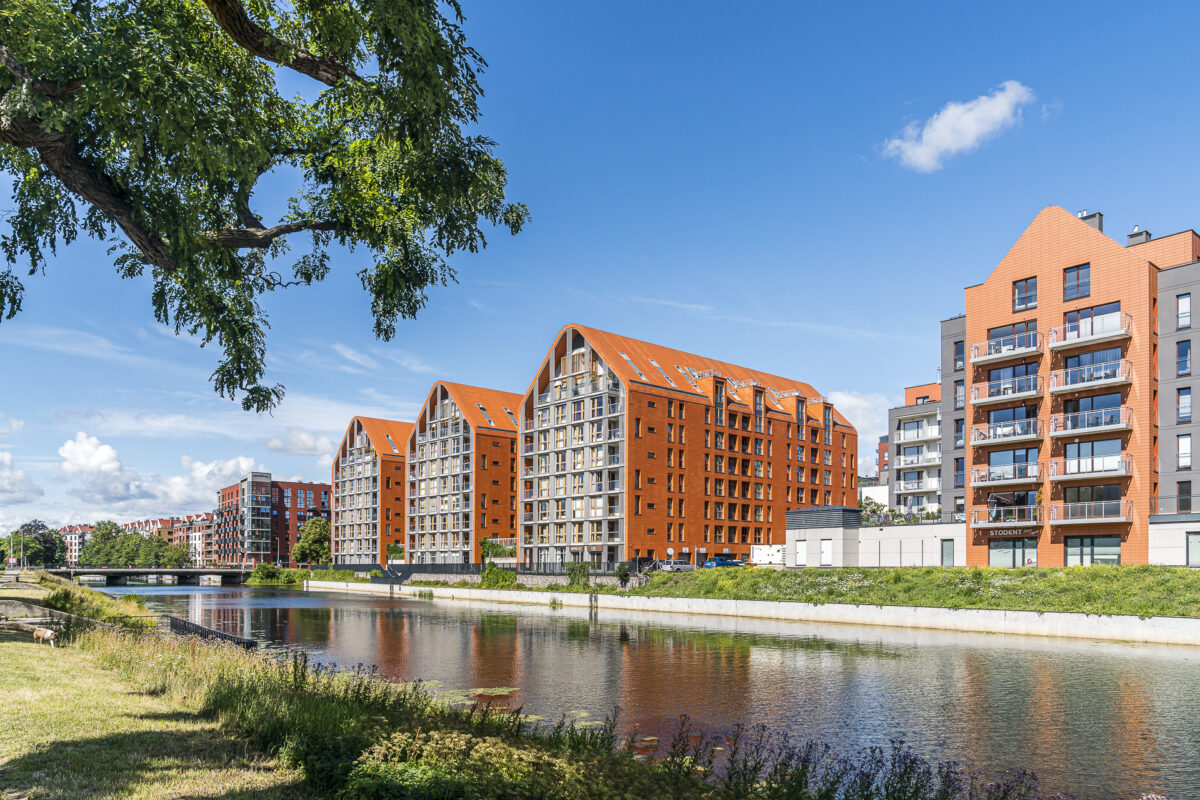
2. Get an overview from St. Mary’s Church
The viewing platform on the 82 m high bell tower of St. Mary’s Church also offers a good overview of the multi-layered Gdansk. The entrance to the tower is located in the nave and the jagged ascent, which leads over 400 steps, can also put sports enthusiasts out of breath for a short time. As a reward, you can expect an impressive panoramic view over the city centre and far beyond the shipyard. The tower is usually accessible from 10:00 a.m. to 7:30 p.m. during the summer months and the entrance fee is 14 złoty (had to be paid in cash during our visit!).
While you’re in St. Mary’s Church, take a look at the fascinating astronomical clock, which was created in the 15th century by clockmaker Hans Düringer (it is believed that he is also the builder of the Rostock Astronomical Clock).
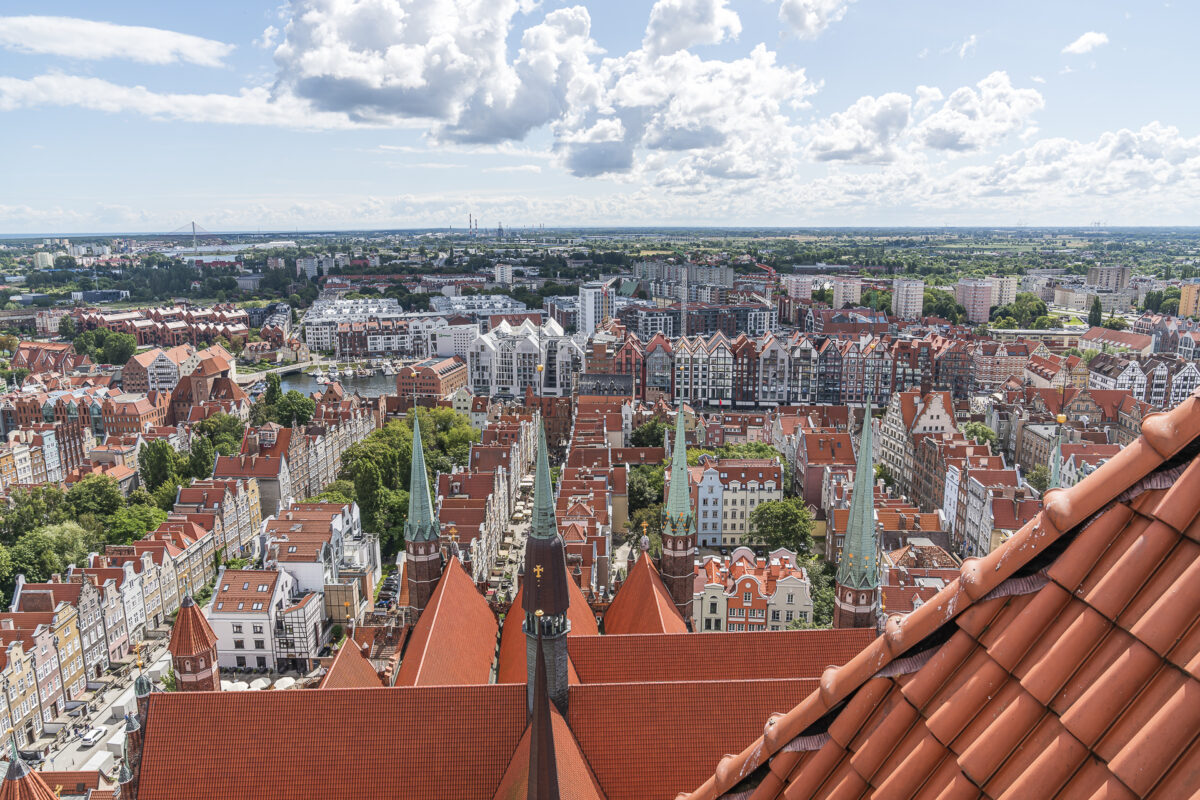
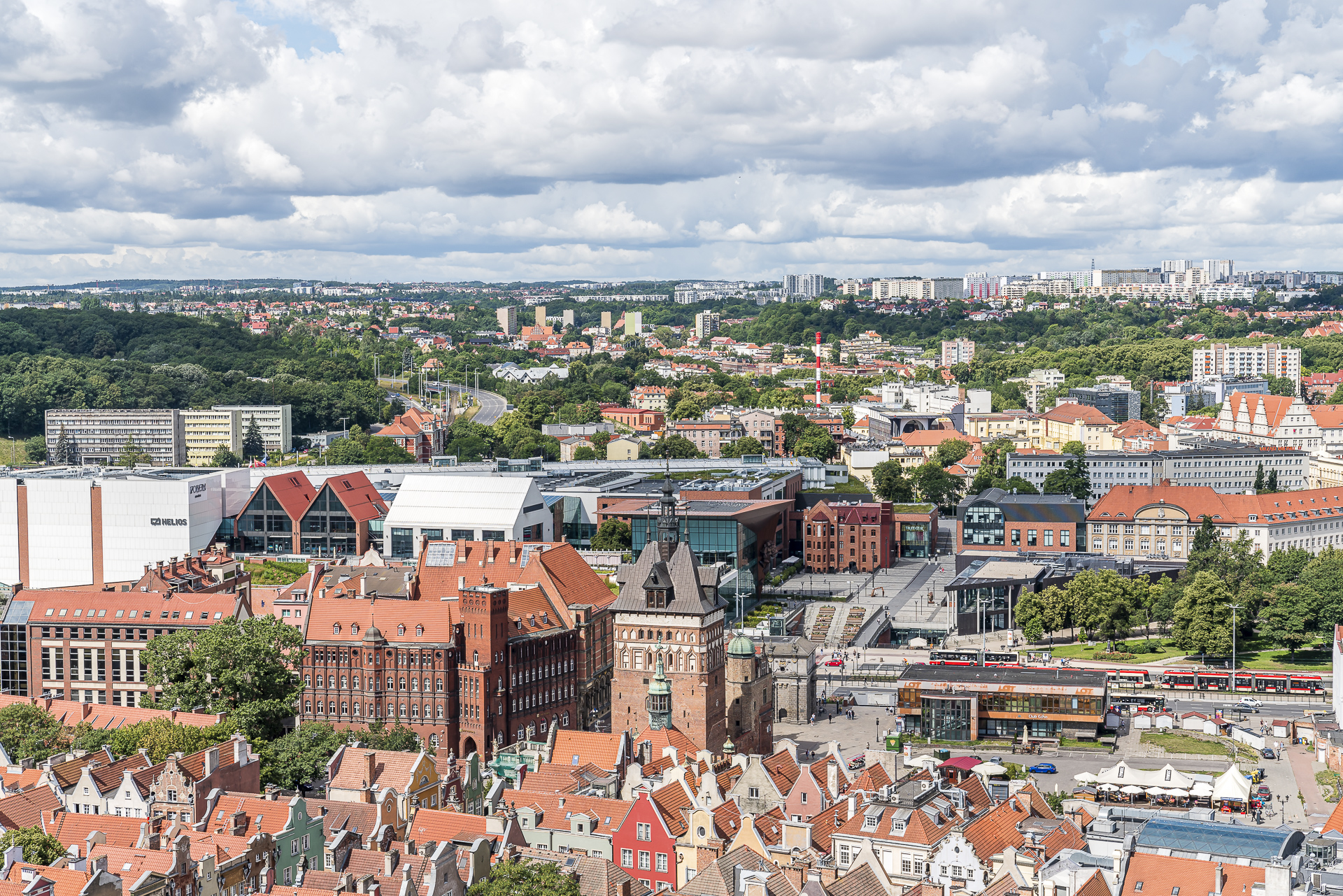
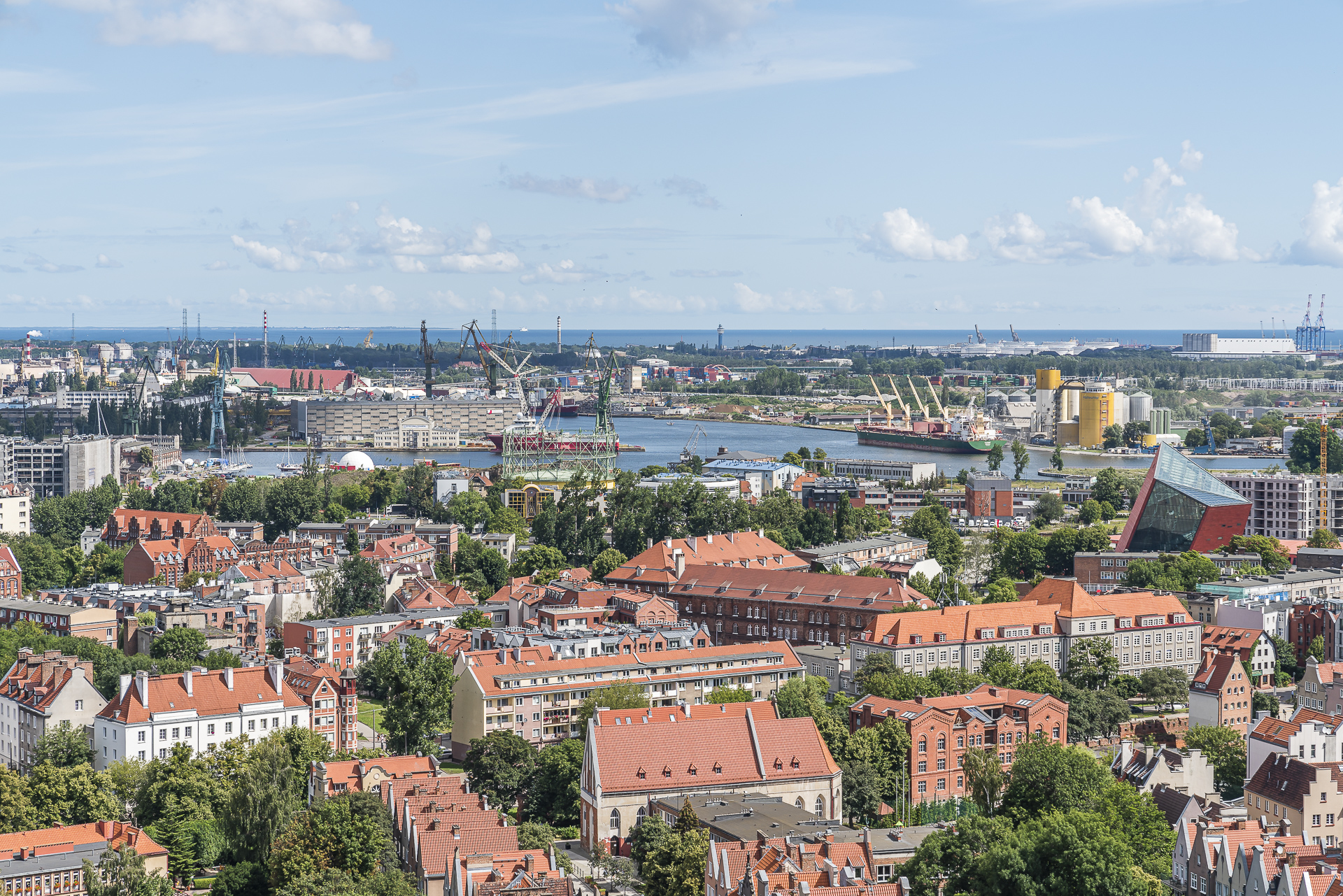
3. Take a look at the Amber Museum
We continue our tour of the city centre with a stroll along the Frauengasse (Mariacka). It starts right next to St. Mary’s Church and is considered one of the most photogenic corners of Gdańsk with its narrow town houses with so-called “Beischlage” (elevated, terrace-like porches). And if your stomach is already rumbling, then the café “Drukarnia” and the restaurant “Literacka” are two quite valid places to stop for a bite to eat.
We save our appetite for later and walk via the market hall (Hala Targowa) to the Amber Museum, which opened in 2021 in the former “Great Mill”. While the market hall impresses at first glance with its imposing architecture, the view inside is rather less appealing. On the other hand, the Amber Museum, which is integrated into the historic building complex of the city mill, fascinates with the latest exhibition technology. In my opinion, it is worth taking a tour of the exhibition, which is dedicated to the history of amber and presents precious artefacts from different eras.
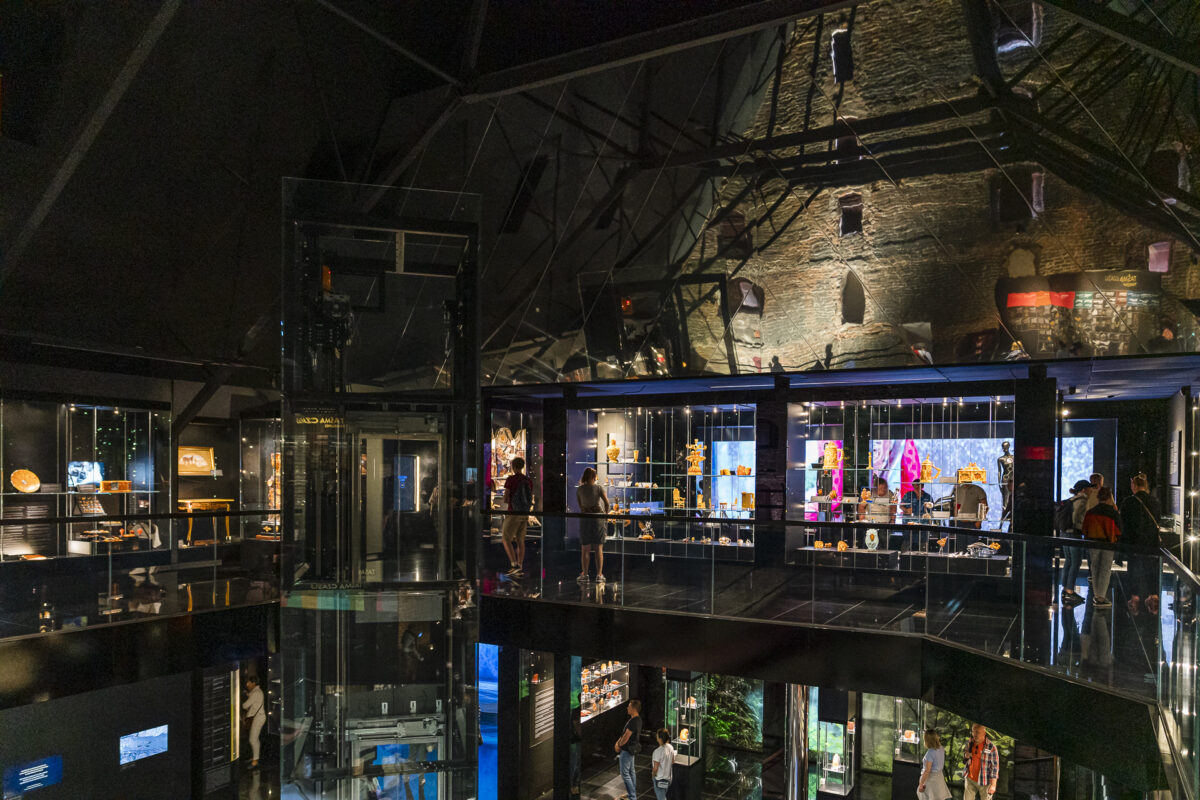
If you want to save the regular entrance fee of 22 złoty, you can also simply take a (free) short look inside the building. On Mondays, the Amber Museum is also open to the public free of charge.
4. Das Hafenviertel – Shipyard Centrum Gdansk – entdecken
For our next sightseeing stop, we take a tram for two stops – to the Plac Solidarności 01 stop. Alternatively, to explore the harbour district, we recommend renting a bike. For all those who want to use the tram in Gdansk, the following note should be placed at this point: There are no special tourist tickets, but only the choice between single tickets and day tickets and these can be bought at the ticket machines at the stops. The problem is that these machines are missing at many stops and the corresponding app solutions have not worked for us. Therefore, it is more advisable to buy a day ticket.
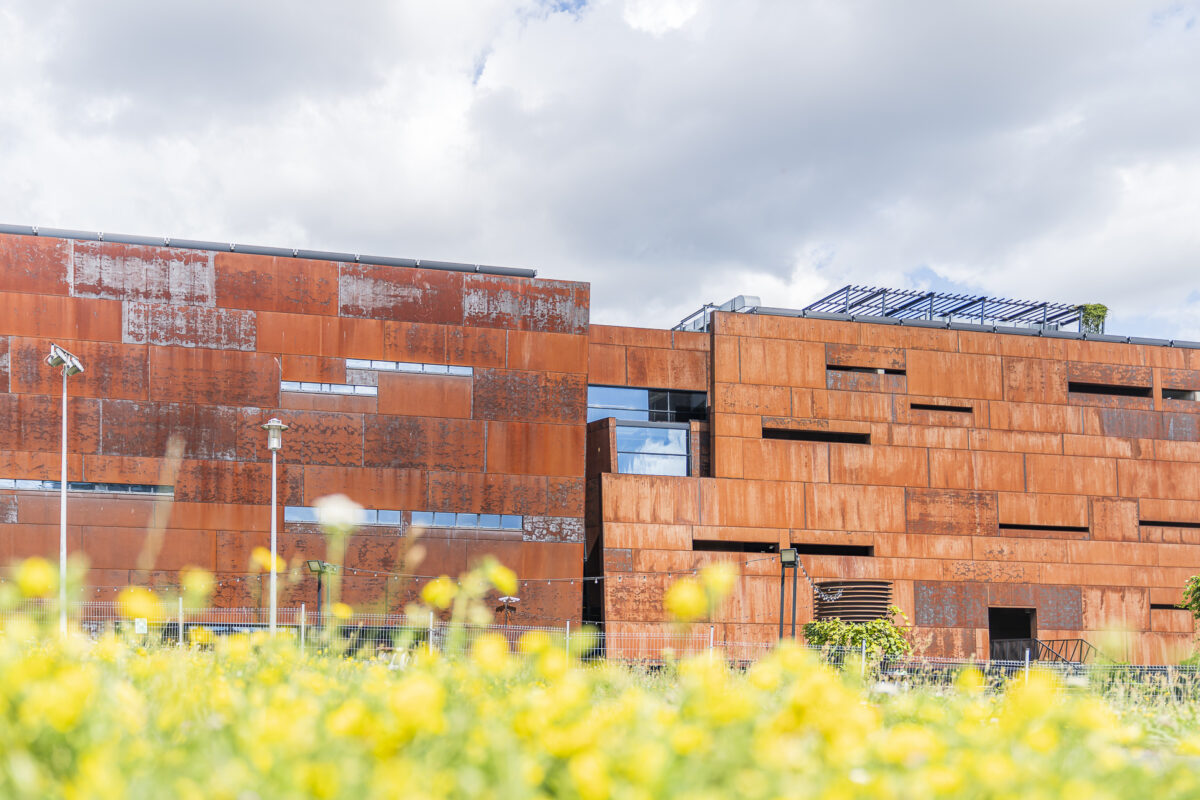
Our walk along the harbour takes us from Plac Solidarności, where the European Centre of Solidarity is located, to Elektryków Street. In this part of the Gdańsk Shipyard, various food stalls, art galleries and bars have settled as temporary uses. In the medium to longer term, the aim is to transform it into a mixed, lively urban district. Further information on the development of the site can be found on the SCG website.
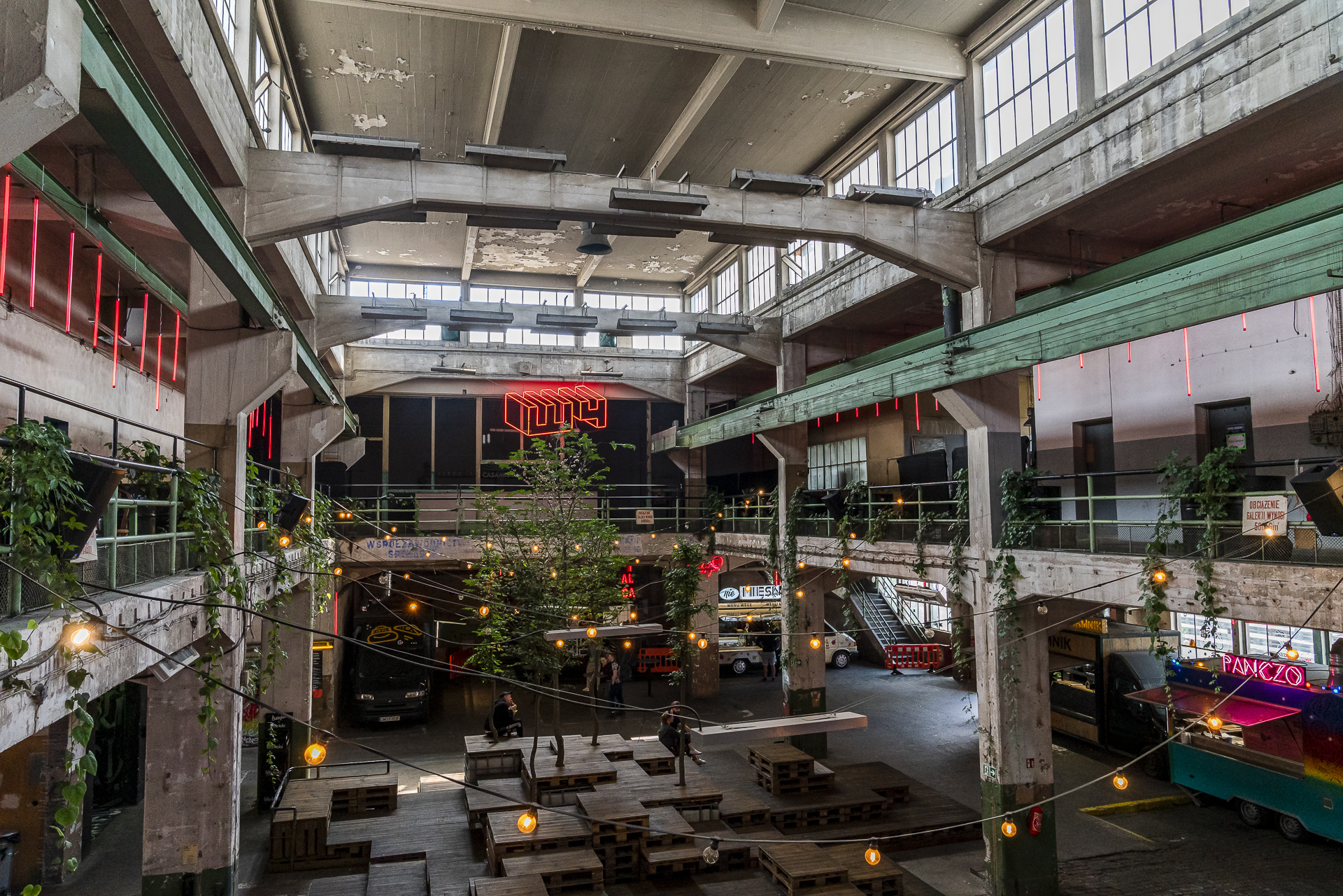

5. Take an architectural tour of Gdynia
But it is not only the Gdansk harbour area that arouses the interest of architecture enthusiasts. A real highlight for me was the detour to the neighbouring city of Gdynia (“Gdynia”). To better understand the almost meteoric rise from a fishing village to the most important port city of the Second Polish Republic associated with the town charter granted in 1926, it is worth taking a detour to the Gdynia City Museum (open daily, entrance fee for adults 15 zlotys).
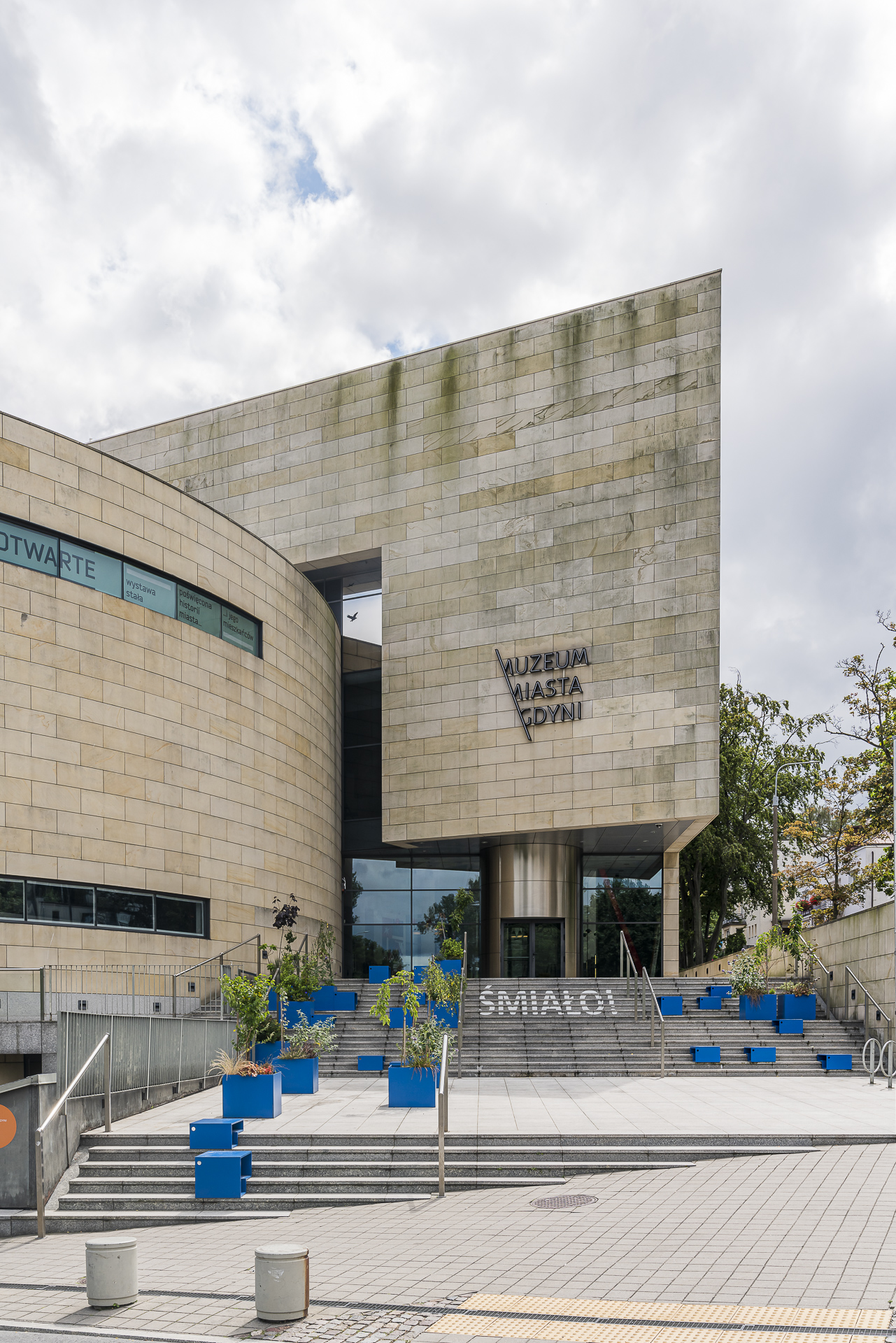
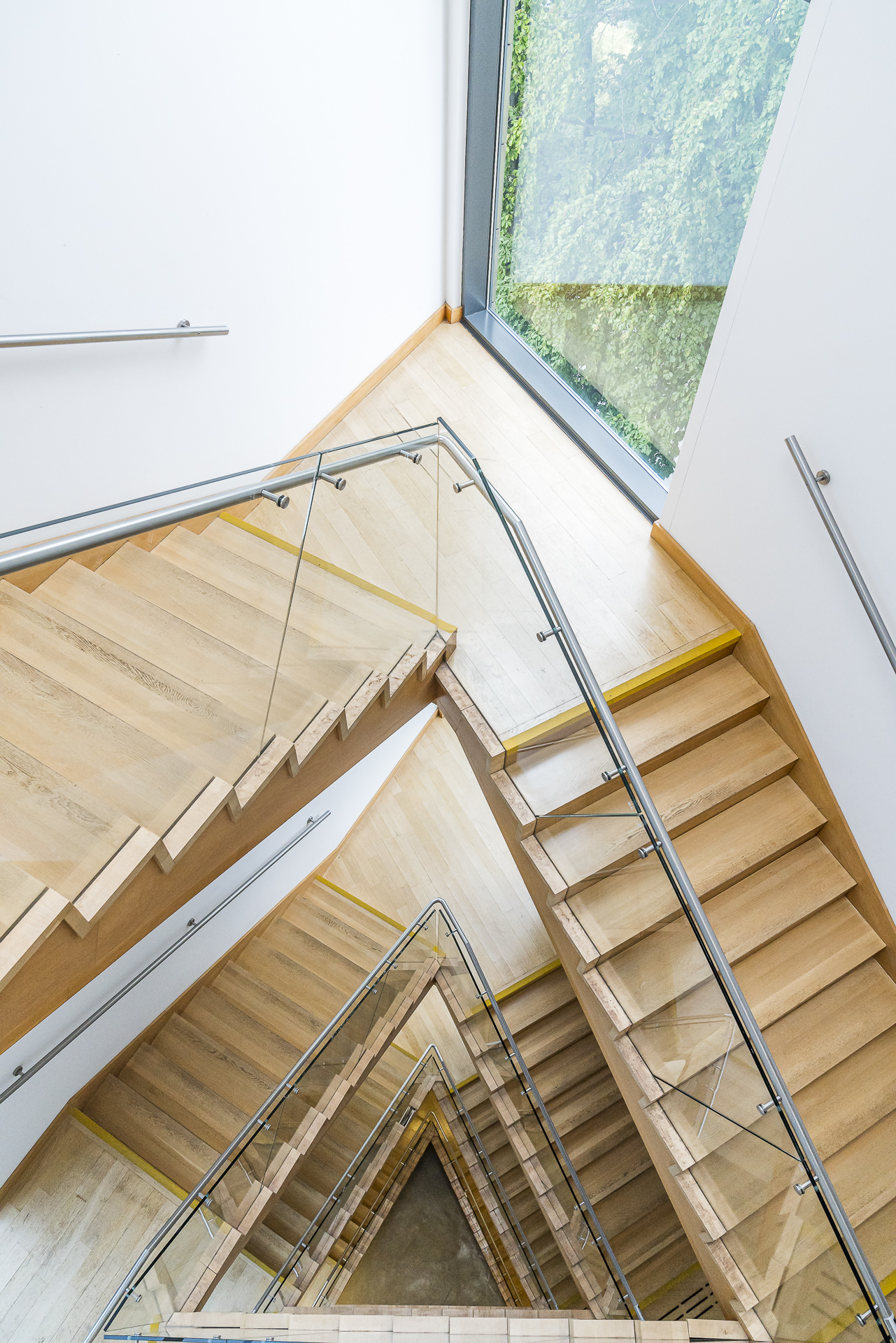
Afterwards, I recommend that you take a tour of the city to look out for the more than 60 listed buildings from the era of “modernism” of the early 20th century. On the web, you can also find maps of the buildings on which the buildings are recorded and tips for specific modernism city tours.
My tip: Start at 10 Lutego Street, then follow Świętojańska to Uboga Krewna (it’s worth stopping here), then explore the affluent residential district of Kamienna Góra and end your tour on the representative Kościuszko Square at the harbor. Time required including a visit to the museum: half a day!
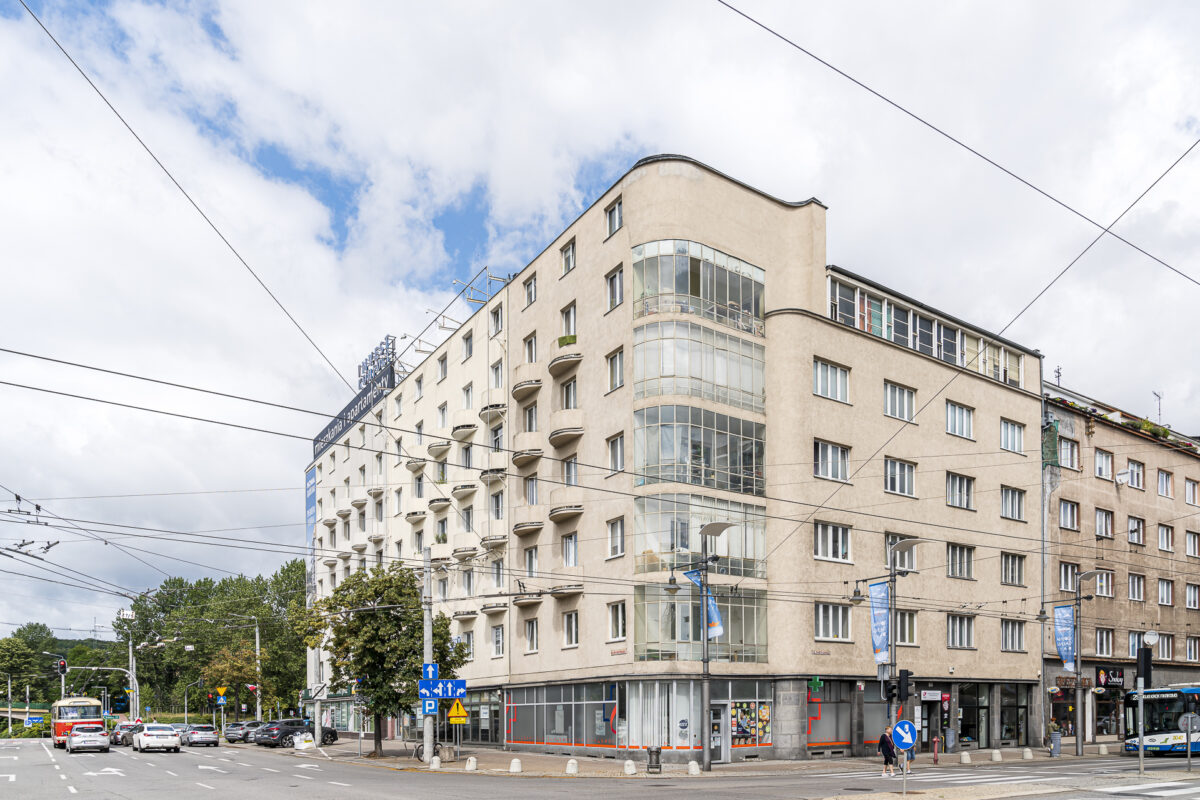
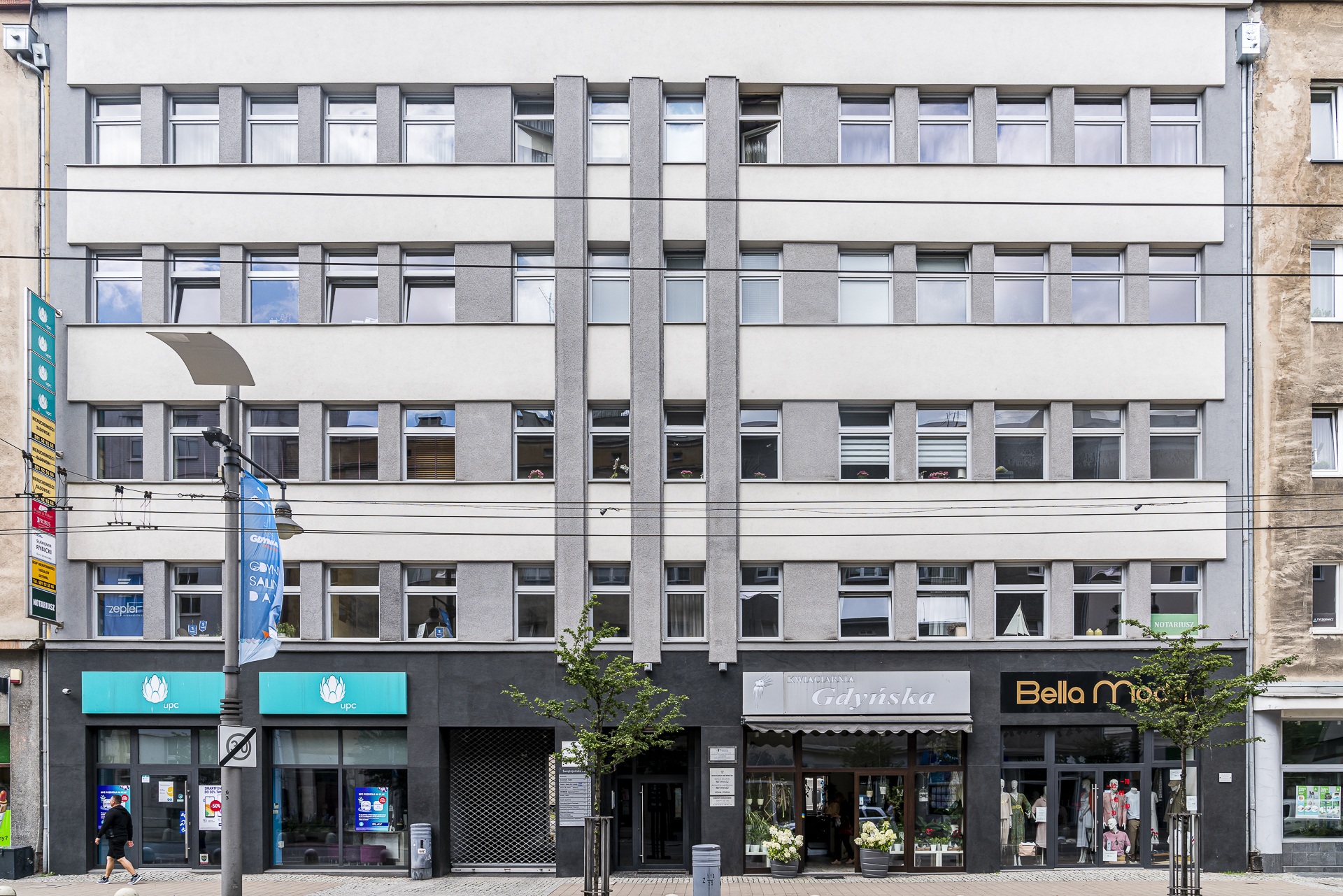
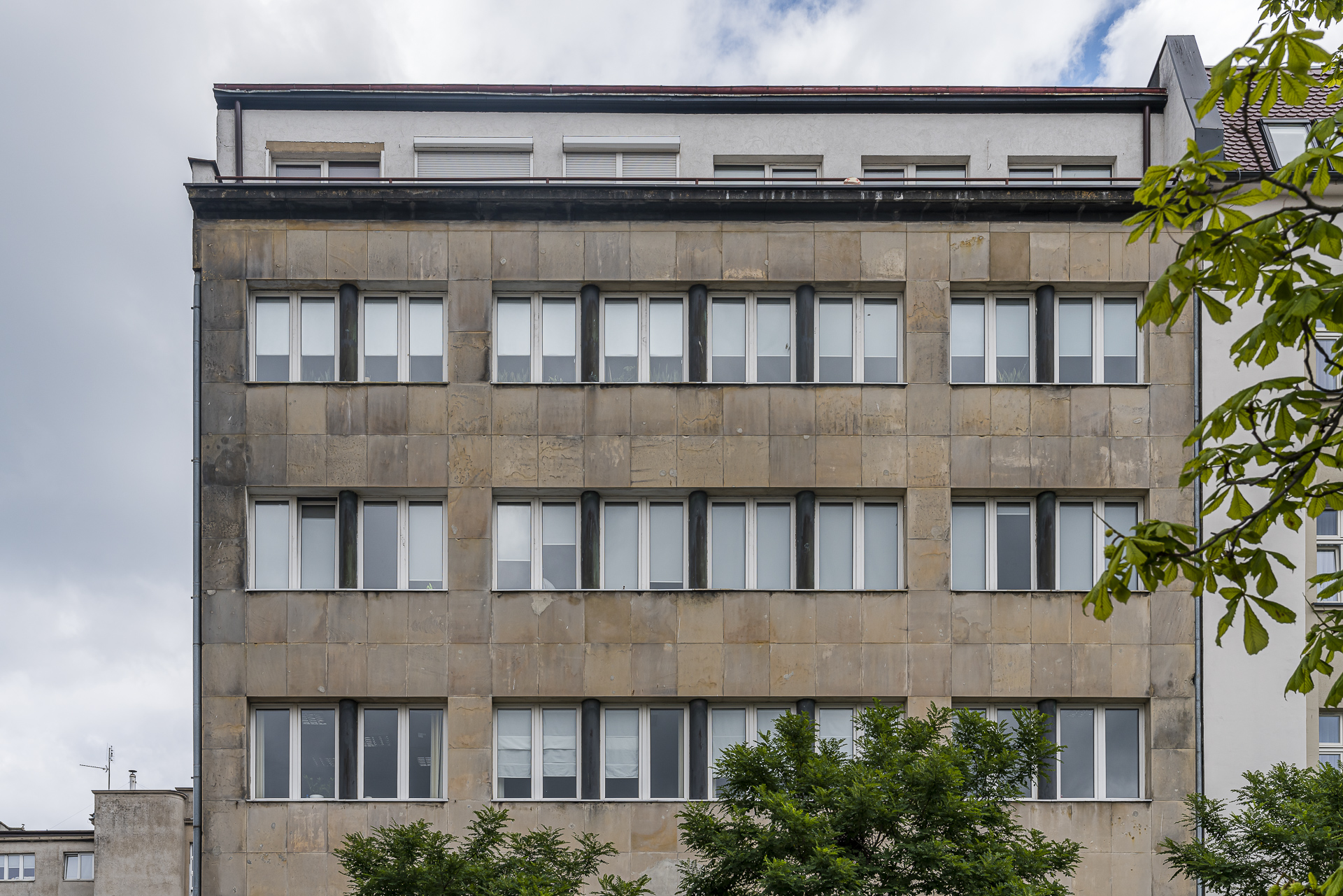
6. Visit the seaside resort of Sopot
A visit to the Baltic Sea resort would actually be suitable for a sunny afternoon. Unfortunately, the weather luck was not so kind to us here. Accordingly, our stroll along the Sopot beach promenade to the pier (which was once built as a berth for cruise ships) turned out to be shorter than expected. By the way; If you want to walk out into the Baltic Sea on the more than 500 m long historic wooden walkway, you have to buy an entrance ticket (cost 9 złoty).
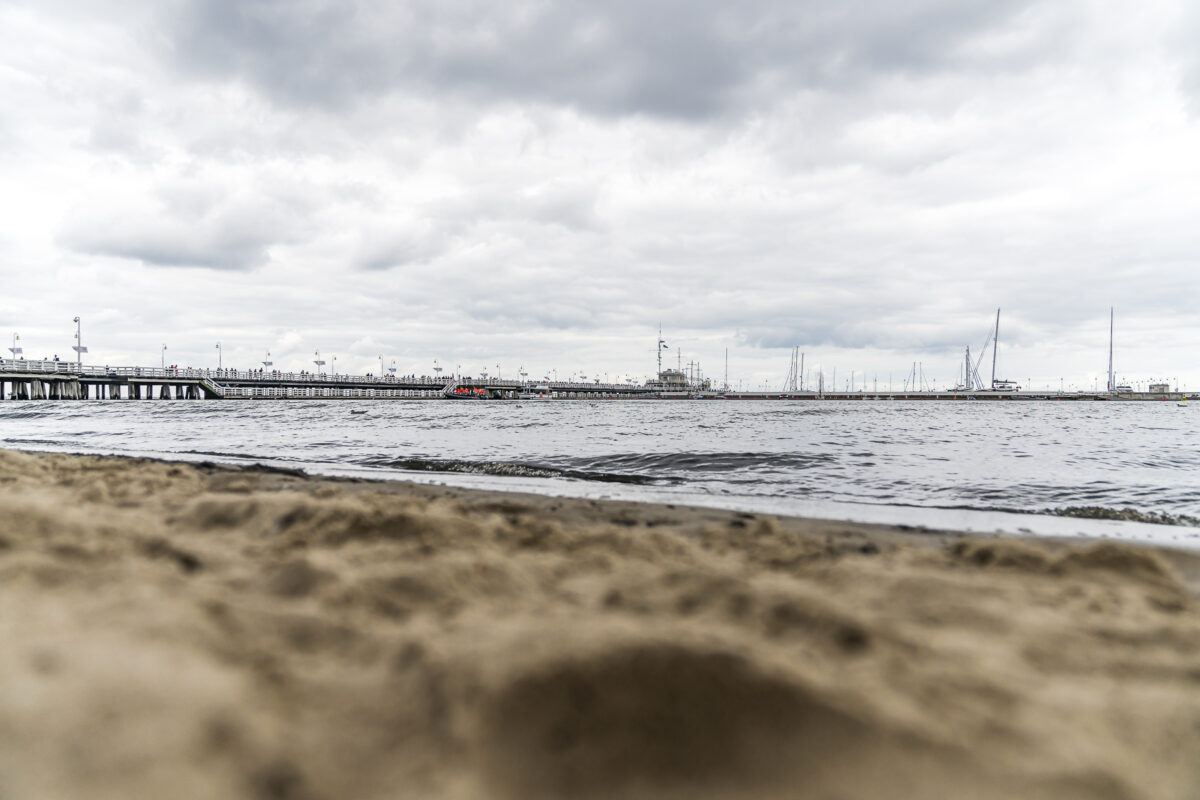
However, a detour to Sopot is also worthwhile in rather cloudy weather. We enjoyed a fine lunch at the Fisherman restaurant. Tables are usually available here at lunchtime spontaneously and without prior reservation.
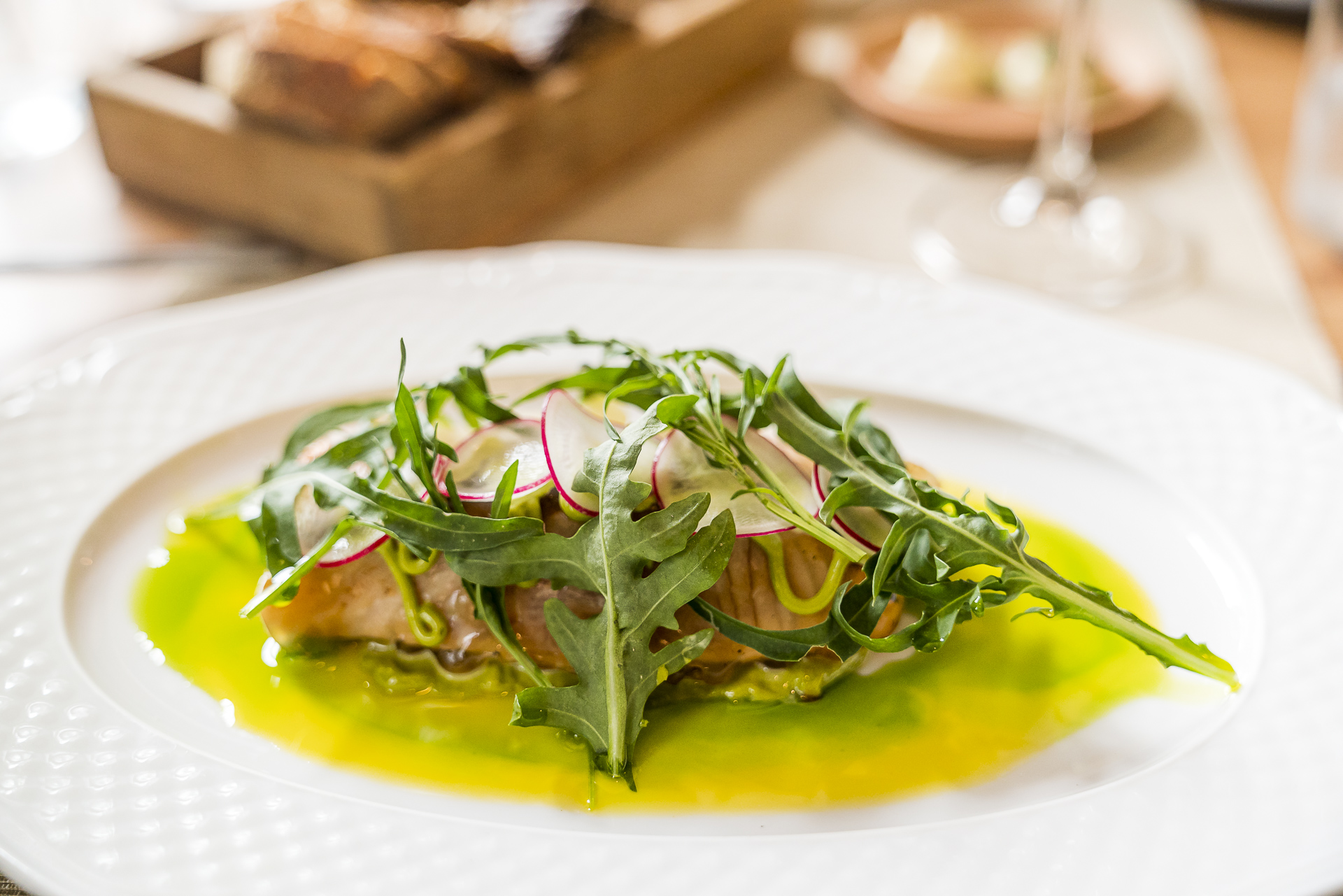
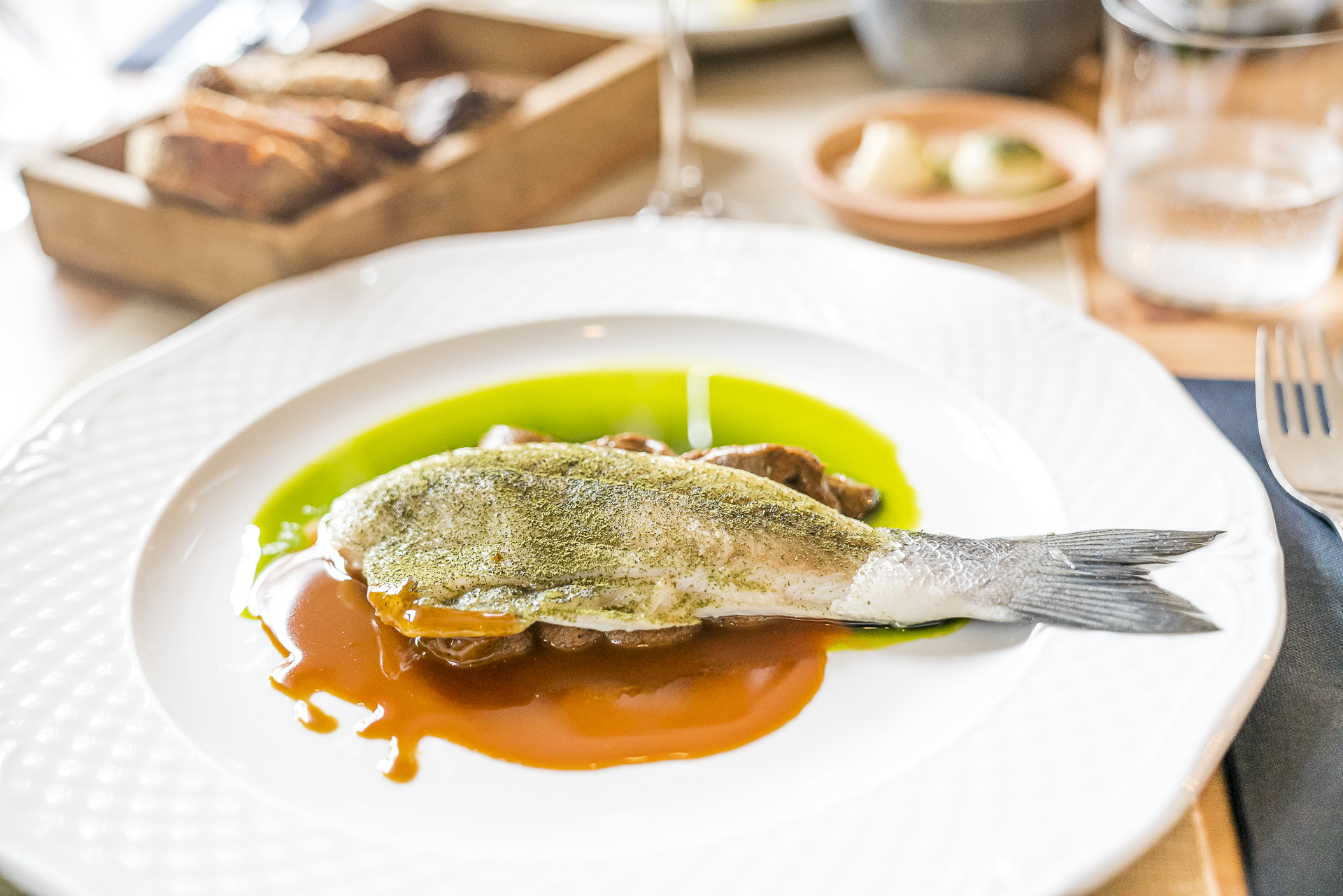
7. Make a stop at a rooftop terrace
Back in Gdansk, the sun is shining again. Perfect timing for a trip to one of the numerous roof terraces. Almost every hotel in the center has one. The Hilton’s rooftop bar on the centrally located Targ Rybny offers particularly beautiful views.
For those who value exciting drinks more than a postcard-worthy panoramic view, I can alternatively recommend the “Ink Above” bar on the top floor of Puro Gdansk.
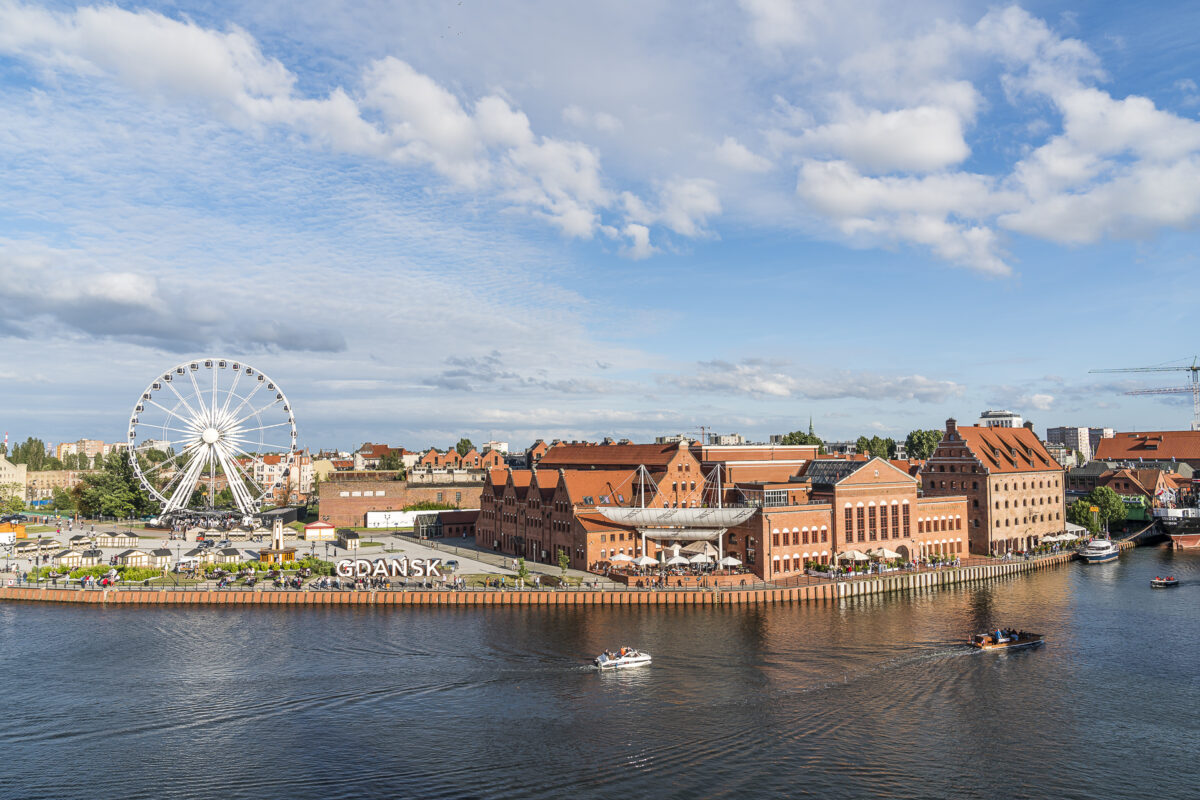
8. Stroll along Langgasse
The Langgasse is the heart of the city and is one of the main tourist attractions. Nevertheless, we almost missed the opportunity to explore the entire 500-metre-long axis from Langgasser Tor to the Long Market on foot. Fortunately, we noticed this deficit on the last evening and headed for Langgasse at exactly the right time to capture the special flair.
Especially at the end of beautiful summer evenings, the Langgasse, which is signalled as a pedestrian zone, fills with life and the elaborately reconstructed facades of the patrician houses come into their own in the warm evening light.
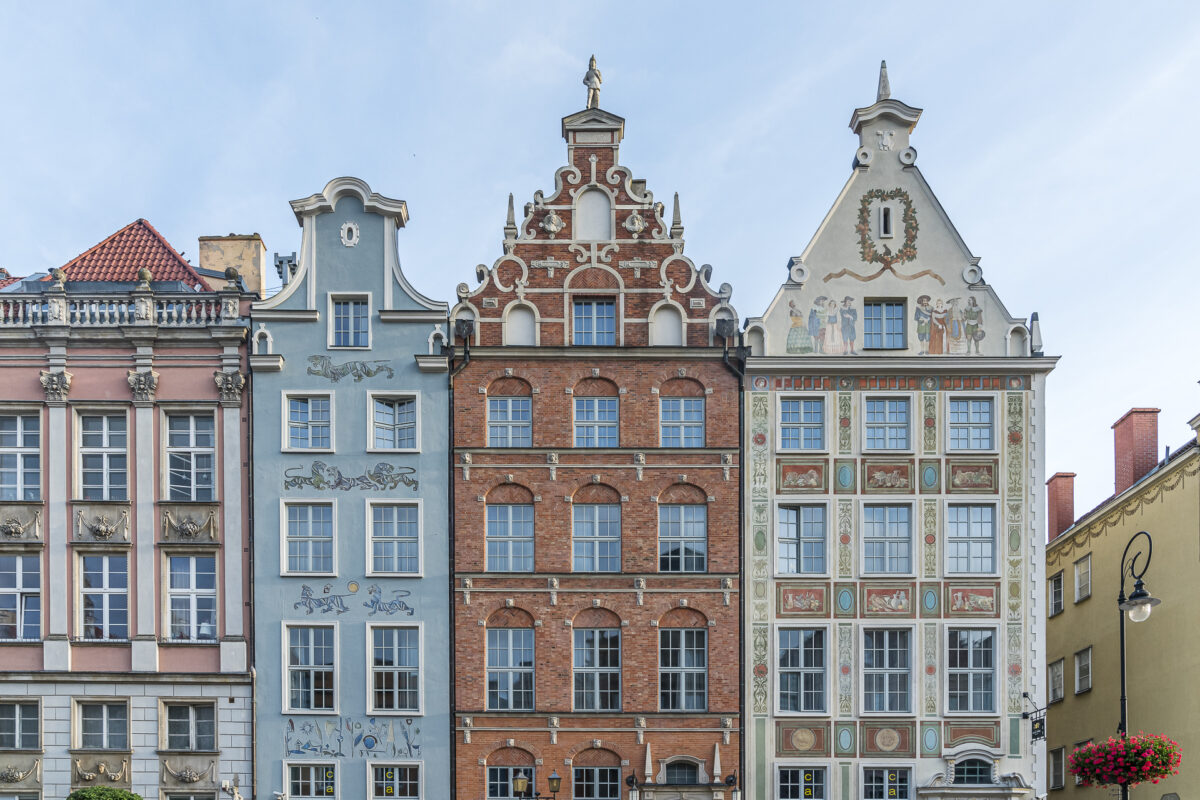
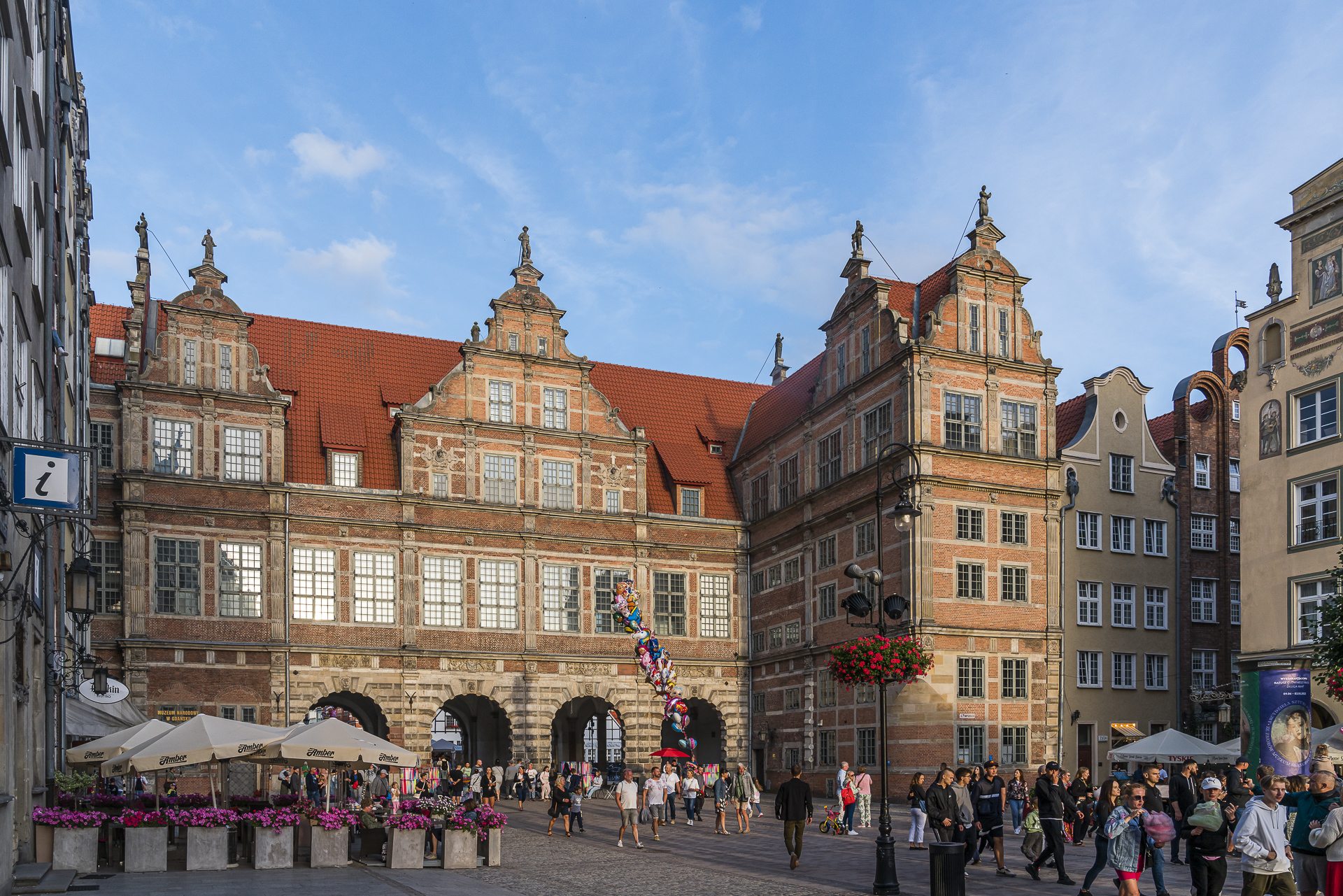
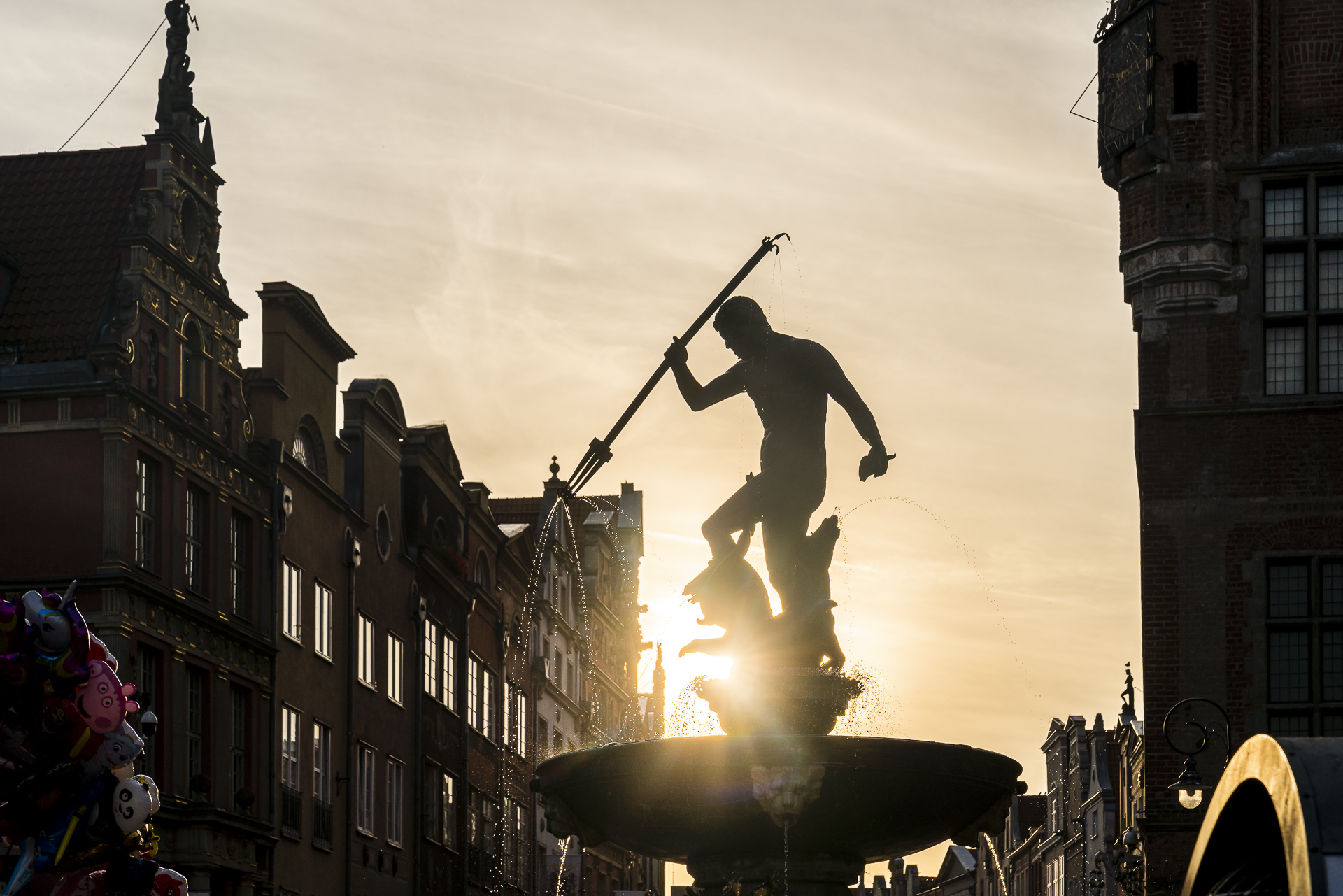
9. Taste your way through modern Polish cuisine
We were pleasantly surprised by the Polish cuisine. We ate very well everywhere (not only in the Tricity). In Gdansk, the restaurant Fino gave us a culinary highlight. The restaurant, which is centrally located in a side street to the “Mariacka” and at first glance rather inconspicuous, delighted us with a plant-based tasting menu at star level (cost for 8 courses including amuse-bouche and friandise: the equivalent of around 55 CHF).

The Marcato restaurant, which belongs to the Hilton, also has an exciting concept. It picks up on the culinary traditions of the former Gdansk markets and serves a modern interpretation of market cuisine. Visually top – in terms of taste, however, there is still potential for optimisation.
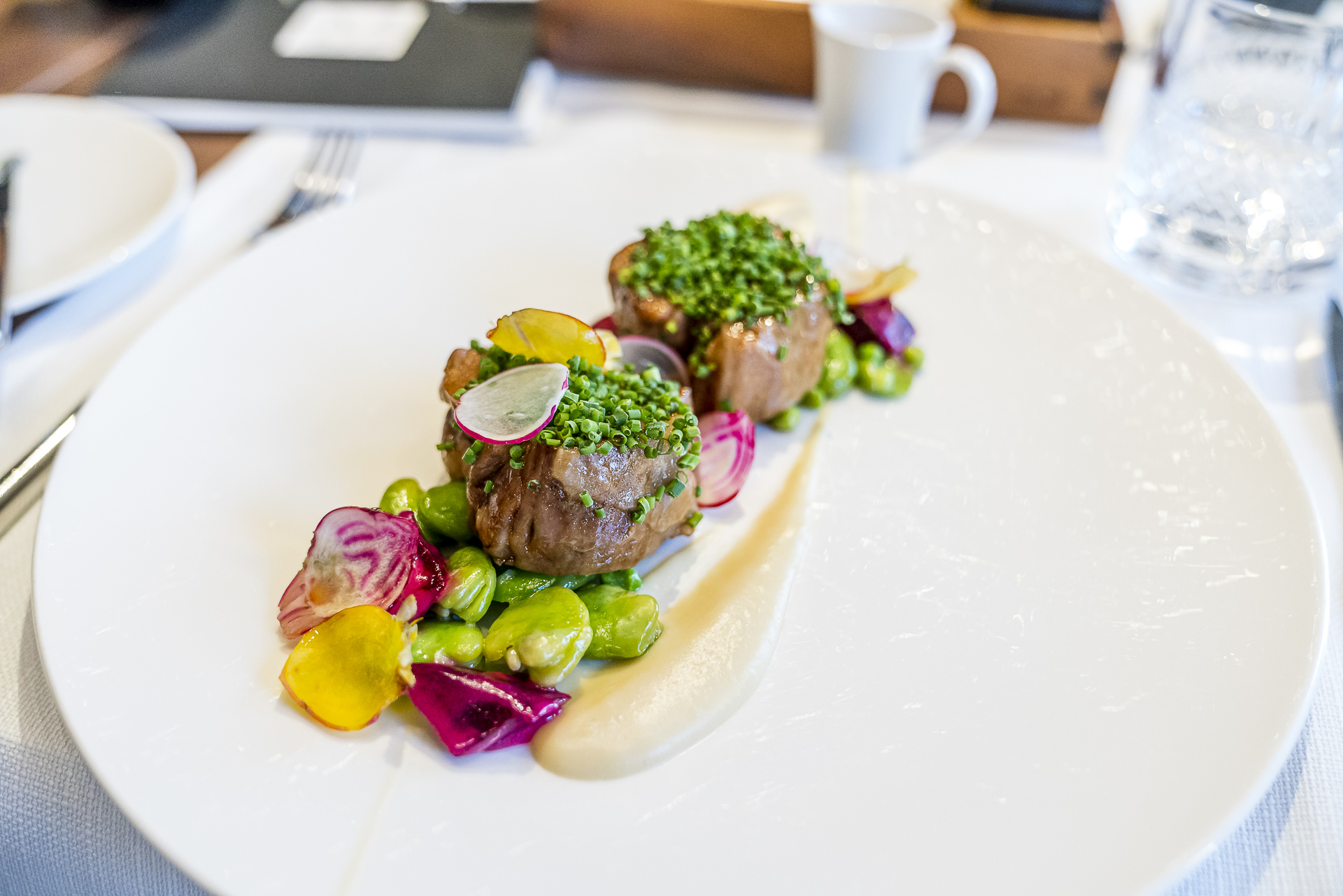

10. Admire the scenery of Gdansk’s Old Town just before dark
After so much fine food, a digestive walk is a good idea, isn’t it? And it’s immensely worthwhile in Gdansk. The proud backdrop of the city centre – photographed from the so-called “Green Bridge” – presents itself from its most beautiful side during the Blue Hour. In the evening, the “Kładka przez Motławę” is also beautifully illuminated. The bascule bridge, which was designed for pedestrians as part of an architectural competition and opened in 2017, saves you one or two longer detours when exploring Gdansk’s city centre, which is criss-crossed by water canals.
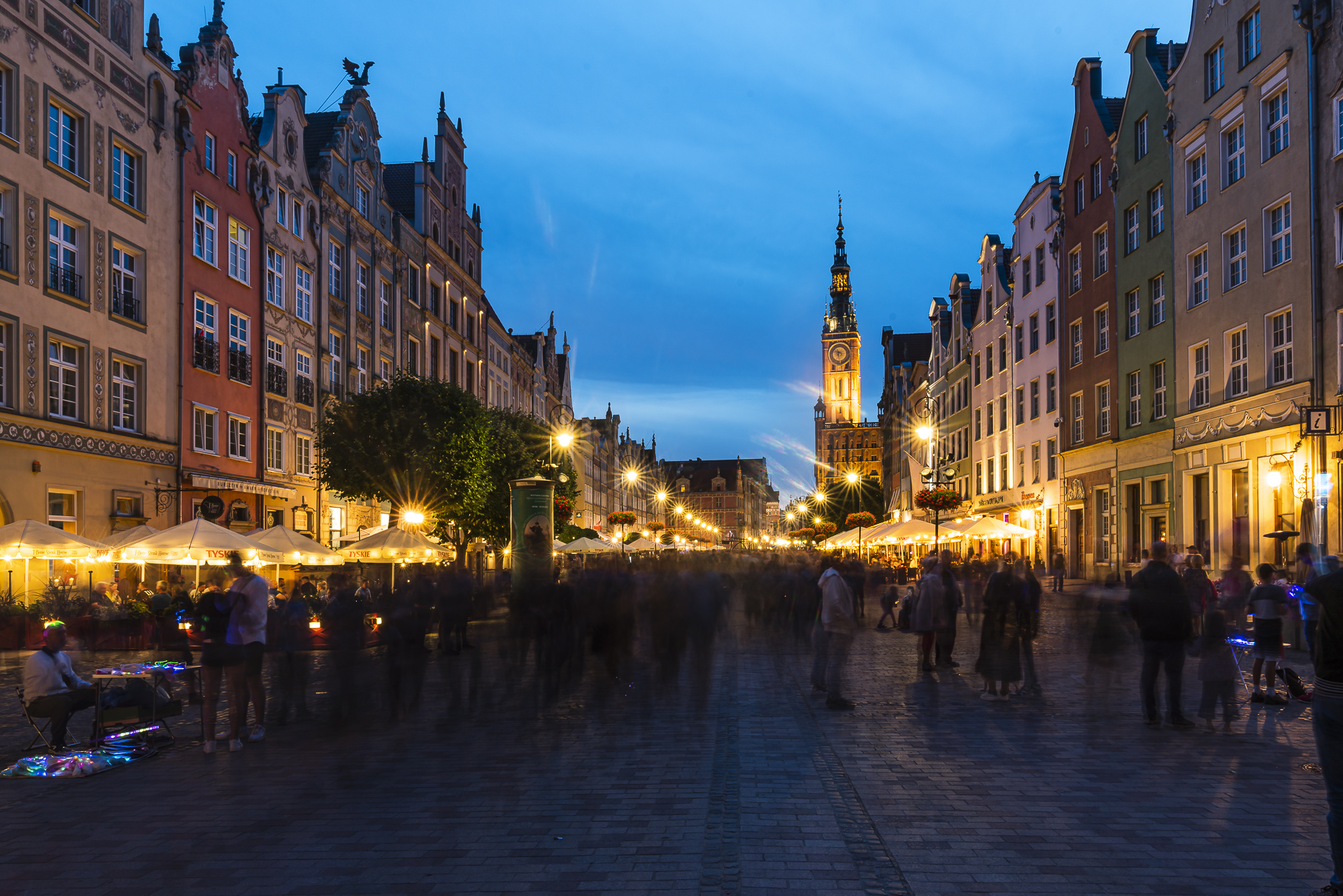
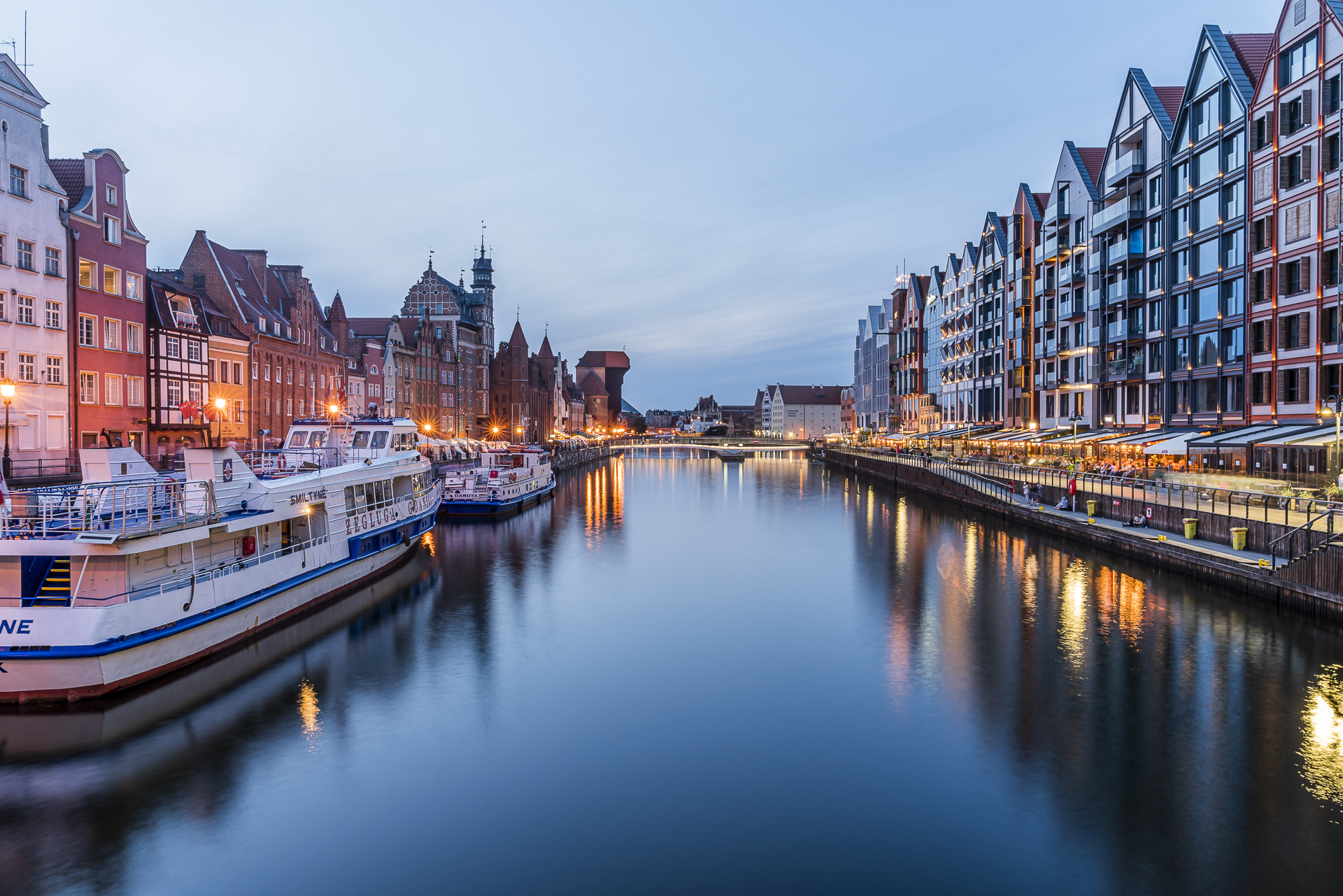
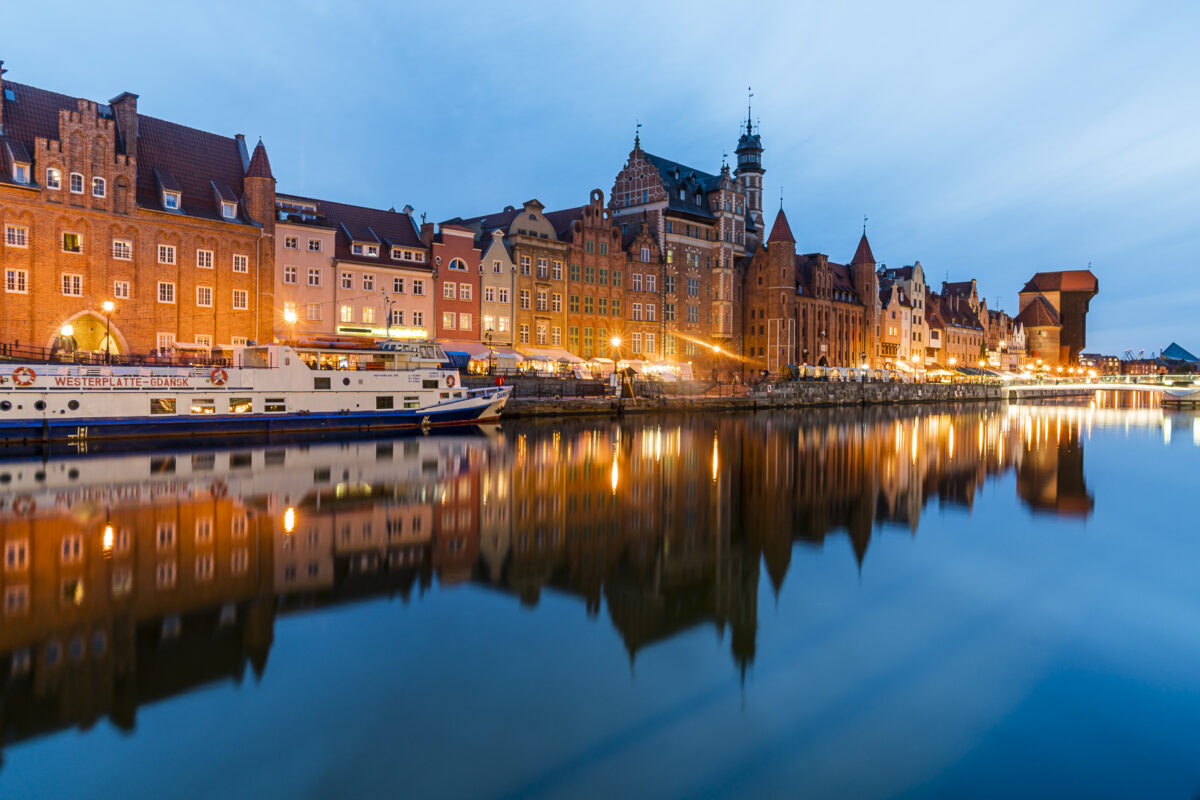
My hotel tips for Gdansk
We spent a total of three nights in Gdansk, two of which stayed at the newly opened Hotel Arche Dwór Uphagena, about a 15-minute walk from the historic city centre. Housed in a converted historic brick building, the hotel offers a phenomenal breakfast buffet. The great thing about this location is that you automatically discover a little more than “just” the historic core of Gdansk. If you prefer to spend the night in the middle of the old town, you are well served by the Puro Gdansk. We checked in there for the third night, having already had a good experience with the Puro hotels in Wroclaw a few years ago.
Practical tips for your city trip to Gdansk
Gdańsk () is a port city in Poland. It is located in the north of the country on the coast of the Baltic Sea.
From Switzerland, you can reach Gdansk relatively directly and comfortably by train with just one change in Berlin. We also traveled to Gdansk in this way. If you want to travel to Gdansk without a long stopover in Berlin, then I would recommend taking the night train from Zurich to Berlin. This will take you to the direct train connection with the EC 59 from Berlin to Gdansk Gdańsk Główny (journey time: 6 hours and 18 minutes).
For Gdansk itself, I recommend planning two days. However, it is worthwhile to combine a city trip to Gdansk with a detour to each of the other two cities of the joint metropolitan region (called the “Tricity”). I would plan at least three days for this.
Highlights include a tour of the old town with a visit to Langgasse and the Long Market as well as St. Mary’s Church. I also really liked the shipyard and the European Centre of Solidarity, as well as the newly opened Amber Museum. Another popular activity is guided city cruises (e.g. with the Black Pearl Ship). These boat tours start at the centrally located ferry terminal next to the “Green Bridge” (in the middle of the historic center).
The official currency in Poland is the Polish Złoty (PLN). With the exception of the entrance to the viewing platform of St. Mary’s Church, we were able to pay by card everywhere without any problems. It is therefore not worthwhile to exchange cash on a large scale. If you are planning to use a debit card, it is advisable to check in advance in e-banking (or directly in contact with your bank) that Poland is activated as a country or to activate this accordingly. I mistakenly assumed that all EU countries are automatically unlocked. At least with my CS debit card, Poland was blocked as the reference country in the default settings.
The three-week Dominican market, which takes place at the beginning of August, has a tradition of over 750 years. It is one of the largest open-air events in Europe and covers the entire city centre. Since the Dominican Market attracts many guests from home and abroad, the city is very crowded during these three weeks!
Note: this trip was supported by Poland Soul Travel. All impressions and opinions are ours.


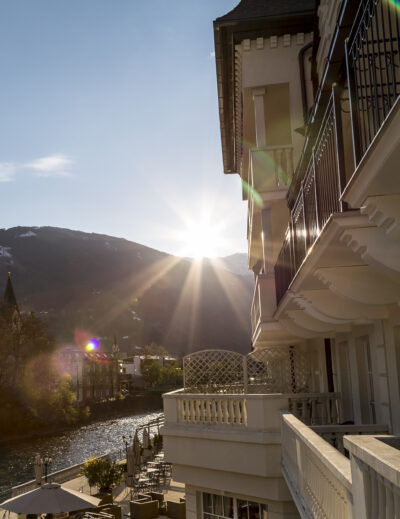
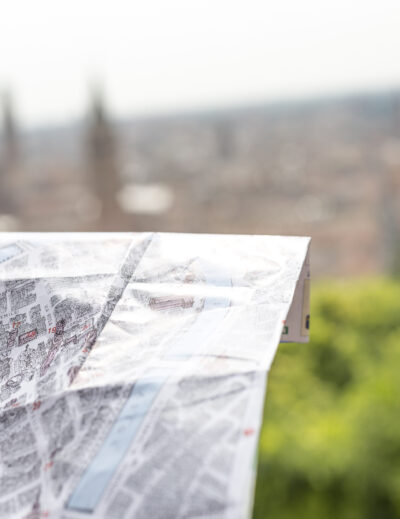
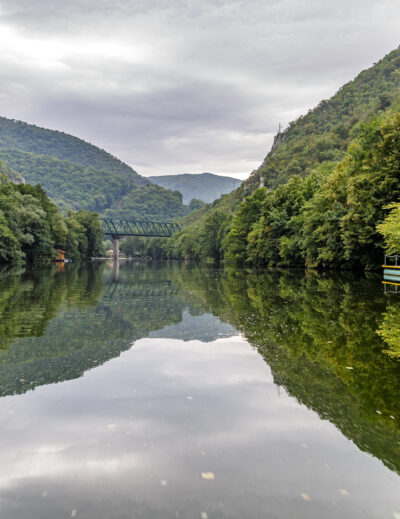
Leave a Reply